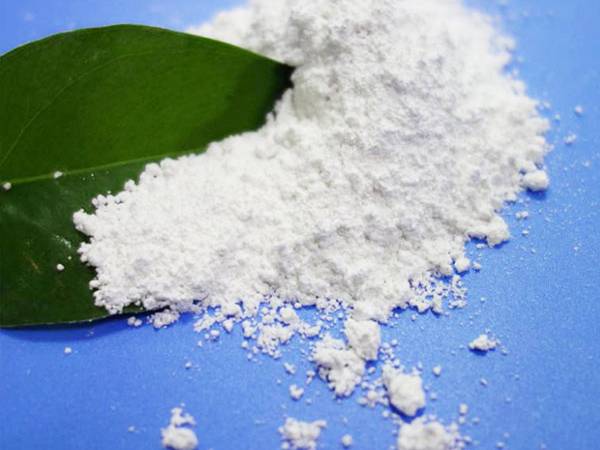



sodium hydroxide making process
The Making Process of Sodium Hydroxide
Sodium hydroxide (NaOH), commonly known as caustic soda or lye, is a highly versatile and essential chemical in various industrial applications. Its production involves several methods, the most prevalent being the chloralkali process, which utilizes the electrolysis of brine (a concentrated solution of sodium chloride) to produce sodium hydroxide, chlorine gas, and hydrogen gas. This article outlines the primary steps involved in the making of sodium hydroxide through the chloralkali process.
The first step in the production of sodium hydroxide is preparing the brine solution. This involves dissolving table salt (sodium chloride) in water to create a saturated solution. The salinity of the brine is crucial, as it directly affects the efficiency of the electrolysis process. After preparing the brine, it undergoes purification to remove impurities such as magnesium and calcium ions which can interfere with the electrolysis and the quality of the end products. This purification process typically involves precipitation and filtration methods to ensure that the brine is as pure as possible.
The Making Process of Sodium Hydroxide
In the electrolyzer, an electric current is passed through the brine solution. This initiates a chemical reaction that splits the sodium chloride into its constituent elements chlorine gas (Cl2) is released at the anode (positive electrode), while hydrogen gas (H2) is generated at the cathode (negative electrode). The sodium ions (Na+) remain in the solution and combine with hydroxide ions (OH–) that are produced during the electrolysis process to form sodium hydroxide.
sodium hydroxide making process

The formation of sodium hydroxide can be summarized by the chemical equations resulting from the electrolysis of brine. At the anode, chlorine gas is generated \[ 2 \text{Cl}^- \rightarrow \text{Cl}_2 + 2 \text{e}^- \] At the cathode, hydrogen gas is produced \[ 2 \text{H}_2\text{O} + 2 \text{e}^- \rightarrow \text{H}_2 + 2 \text{OH}^- \]
The combined reaction can be illustrated as follows \[ \text{Na}^+ + \text{OH}^- \rightarrow \text{NaOH} \]
Once the electrolysis is complete, the resulting sodium hydroxide solution contains significant concentrations of NaOH, along with chlorine and hydrogen gases. The sodium hydroxide solution is then concentrated through evaporation methods, separating the water component, which results in a highly concentrated solution or solid form of sodium hydroxide, depending on the desired end product.
Finally, the chlorine and hydrogen gases produced during the process can be captured and utilized. Chlorine is a critical component in producing various chemicals such as polyvinyl chloride (PVC), while hydrogen can be used in different chemical reactions or as a fuel source.
In conclusion, the making of sodium hydroxide through the chloralkali process is a vital industrial procedure that balances efficiency with environmental considerations. The use of modern electrolytic methods aids in minimizing waste and maximizing product yield, reinforcing sodium hydroxide's status as a key player in the chemical industry.
-
Why Sodium Persulfate Is Everywhere NowNewsJul.07,2025
-
Why Polyacrylamide Is in High DemandNewsJul.07,2025
-
Understanding Paint Chemicals and Their ApplicationsNewsJul.07,2025
-
Smart Use Of Mining ChemicalsNewsJul.07,2025
-
Practical Uses of Potassium MonopersulfateNewsJul.07,2025
-
Agrochemicals In Real FarmingNewsJul.07,2025
-
Sodium Chlorite Hot UsesNewsJul.01,2025










